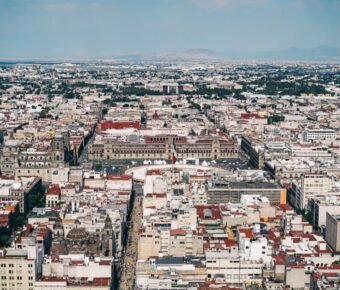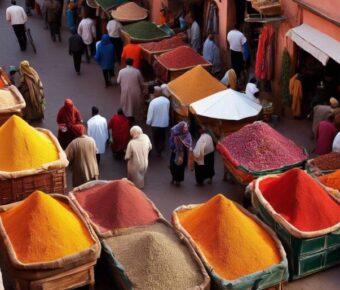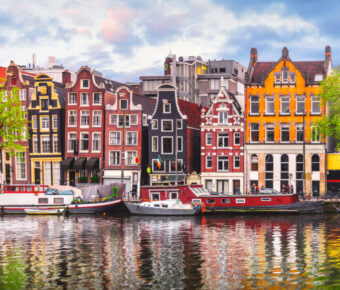
12 Most Value-Packed European Neighborhoods Worth Exploring
Discovering Europe’s authentic heart means venturing beyond tourist-packed city centers into neighborhoods where locals live, work, and play. While iconic landmarks deserve attention, the true European experience awaits in these districts, where real culture unfolds through street art, local cafés, and community-driven markets.
My exhaustive analysis of travel trends, neighborhood development, and value optimization reveals 12 European neighborhoods that perfectly balance authentic experiences and practical travel value. These districts deliver exceptional cultural immersion without the premium price tags of more touristy zones, proving that the best travel experiences often exist just a few metros stops from postcard views.
Table of Contents
- 1. Karaköy (Istanbul, Turkey): Where East Meets West in Urban Revival
- Why Visit
- Must-See Attractions
- Culinary Highlights
- Where to Stay
- Local Insight
- 2. De Pijp (Amsterdam, Netherlands): Bohemian Energy with Dutch Practicality
- Why Visit
- Must-See Attractions
- Culinary Highlights
- Where to Stay
- Local Insight
- 3. Kreuzberg (Berlin, Germany): Counterculture Capital with Multicultural Flavor
- Why Visit
- Must-See Attractions
- Culinary Highlights
- Where to Stay
- Local Insight
- 4. Exarchia (Athens, Greece): Intellectual Heritage Meets Urban Activism
- Why Visit
- Must-See Attractions
- Culinary Highlights
- Where to Stay
- Local Insight
- 5. Neukölln (Berlin, Germany): Multicultural Evolution in Real Time
- Why Visit
- Must-See Attractions
- Culinary Highlights
- Where to Stay
- Local Insight
- 6. Belleville (Paris, France): Artistic Energy and Global Flavors
- Why Visit
- Must-See Attractions
- Culinary Highlights
- Where to Stay
- Local Insight
- 7. Testaccio (Rome, Italy): Authentic Roman Life Beyond the Ruins
- Why Visit
- Must-See Attractions
- Culinary Highlights
- Where to Stay
- Local Insight
- 8. Letná (Prague, Czech Republic): Elevated Perspectives and Artistic Revival
- Why Visit
- Must-See Attractions
- Culinary Highlights
- Where to Stay
- Local Insight
- 9. Mouraria (Lisbon, Portugal): Cultural Fusion in Lisbon’s Most Authentic Quarter
- Why Visit
- Must-See Attractions
- Culinary Highlights
- Where to Stay
- Local Insight
- 10. El Cabanyal (Valencia, Spain): Seaside Heritage with Artistic Revival
- Why Visit
- Must-See Attractions
- Culinary Highlights
- Where to Stay
- Local Insight
- 11. Ostiense (Rome, Italy): Industrial Heritage Meets Contemporary Roman Life
- Why Visit
- Must-See Attractions
- Culinary Highlights
- Where to Stay
- Local Insight
- 12. Holešovice (Prague, Czech Republic): Creative Energy in Industrial Framework
- Why Visit
- Must-See Attractions
- Culinary Highlights
- Where to Stay
- Local Insight
- Tips for Exploring European Neighborhoods Efficiently
- Transportation Strategy
- Timing Optimization
- Value Maximization
- Cultural Immersion
- Conclusion: The Value of Neighborhood Exploration
- Book Your Dream Experience
- More Travel Guides
1. Karaköy (Istanbul, Turkey): Where East Meets West in Urban Revival
Why Visit
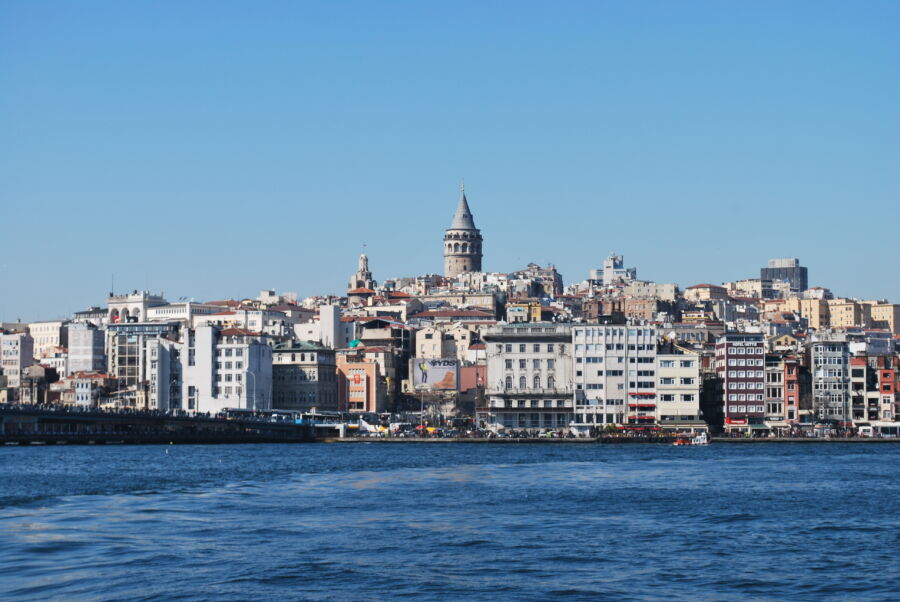
Once Istanbul’s neglected port district, Karaköy has transformed into a creative hub where Ottoman-era buildings house innovative art spaces, craft coffee roasters, and design boutiques. The neighborhood perfectly balances Istanbul’s historical depth with contemporary urban energy while remaining more affordable than tourist-centric Sultanahmet. Its strategic location along the Bosphorus means you’re witnessing the literal intersection of Europe and Asia.
Must-See Attractions

The SALT Galata contemporary art space occupies a former Ottoman bank building, offering free exhibitions and panoramic city views from its rooftop. Don’t miss the historic Kamondo Stairs, an elegant curved staircase with an architectural style blending Art Nouveau with Ottoman elements. For a truly local experience, the Karaköy Fish Market remains refreshingly authentic despite the area’s rapid development.
Culinary Highlights
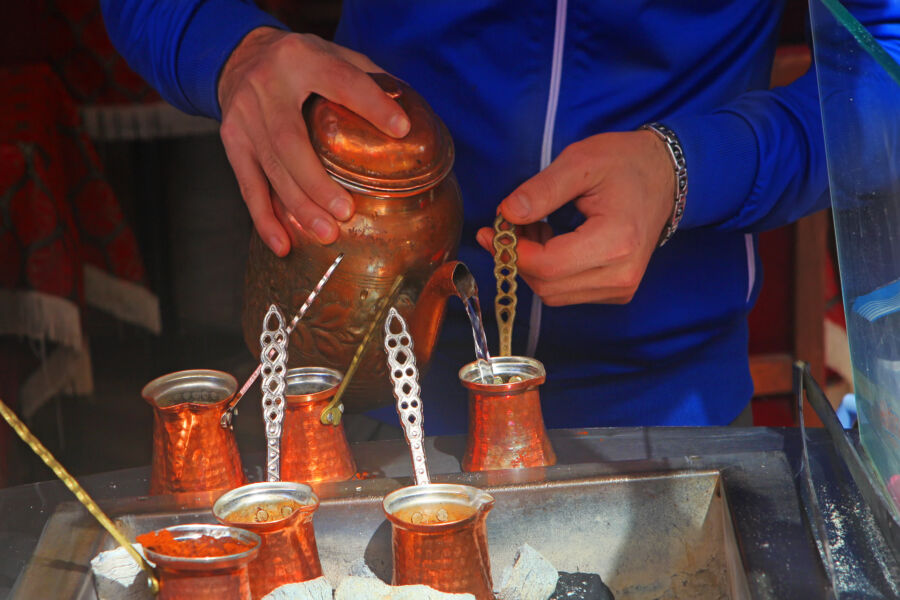
Karaköy excels at reinterpreting Turkish cuisine for modern palates without sacrificing tradition. Start your morning at Karabatak, where expertly prepared Turkish coffee costs half what you’d pay in tourist zones. Mutfak Dili serves home-style Turkish dishes with ingredients sourced directly from regional farms for lunch. End your evening at Unter, where craft cocktails incorporate local spirits and spices for around €8—roughly 30% less than similar establishments in Beyoğlu.
Where to Stay
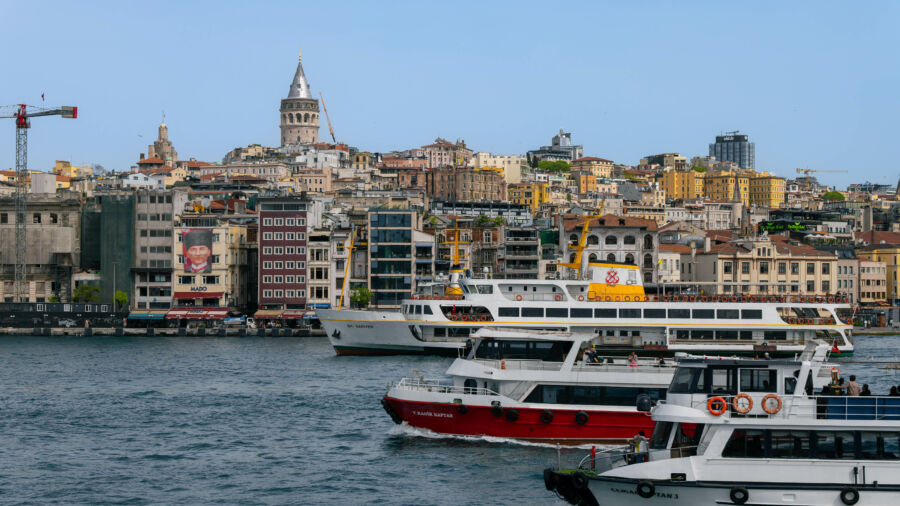
Accommodation options span all budgets while delivering exceptional value. The Peninsula Hotel offers boutique luxury in a restored historical building for 25% less than comparable properties in tourist districts. Budget travelers should consider Cheers Hostel, offering private rooms with Bosphorus views for approximately €45 per night—including a traditional Turkish breakfast that will fuel your morning explorations.
Local Insight

Visit the Yeraltı Camii (Underground Mosque), hidden beneath street level and unknown to most tourists. Originally a Byzantine dungeon, this atmospheric space was converted to a mosque during Ottoman times. Also, the Karaköy waterfront comes alive on Sunday evenings when locals gather for impromptu music sessions as the sun sets over the Bosphorus.
2. De Pijp (Amsterdam, Netherlands): Bohemian Energy with Dutch Practicality
Why Visit

Often called Amsterdam’s “Latin Quarter,” De Pijp evolved from a working-class district into a multicultural bohemian neighborhood without losing its authenticity. Its narrow streets, packed with international restaurants, independent boutiques, and vibrant cafés, offer the quintessential Amsterdam experience at 20-30% lower prices than the Canal Ring. The neighborhood’s efficient layout means you can experience more while walking less—a practical advantage for maximizing travel time.
Must-See Attractions

The Albert Cuyp Market, operating since 1905, stretches nearly a kilometer and has over 260 stalls selling everything from fresh stroopwafels to vintage clothing at prices locals pay. The stunning Heineken Experience occupies the brewery’s original building and offers interactive exhibitions and tastings. For cultural immersion, visit the smaller Sarphatipark, where locals relax, exercise, and socialize away from tourist crowds.
Culinary Highlights

De Pijp’s food scene reflects its multicultural identity with exceptional value options. At Bazar, Middle Eastern and North African dishes are served in a converted church with main courses averaging €16—roughly half what you’d pay for comparable quality in central Amsterdam. For breakfast, Little Collins offers Australian-inspired brunch dishes for under €12. Don’t miss the traditional Dutch bar experience at Café Berkhout, where local beers cost about €4.50 compared to €7+ in tourist areas.
Where to Stay

The Sir Albert Hotel, housed in a former diamond factory, offers four-star comfort with neighborhood views from €160 per night—representing a 25% savings compared to similar quality accommodations near Dam Square. Budget travelers should consider The Arcade Hotel, a video game-themed boutique hotel with rooms from €90 that include bike rentals, saving you approximately €15 daily on transportation costs.
Local Insight
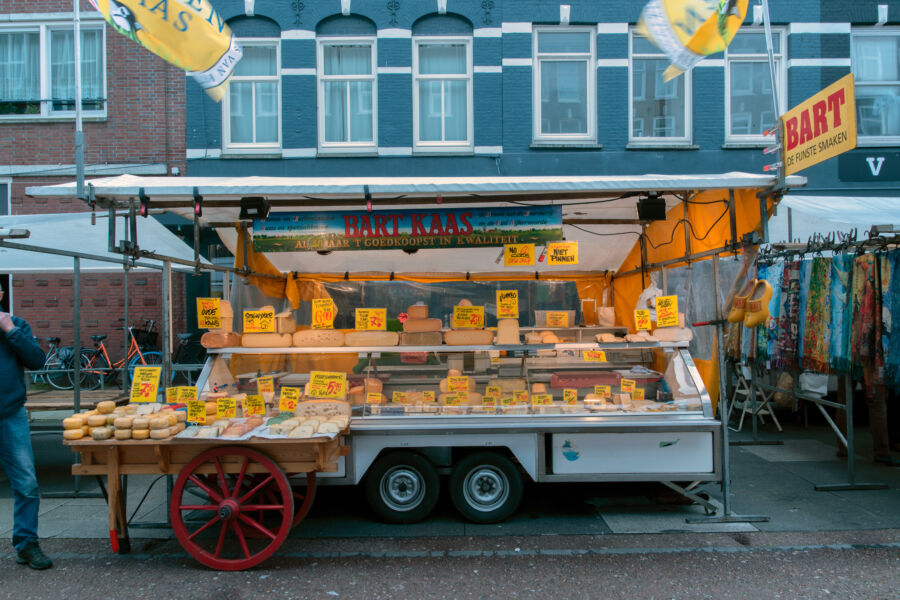
The best time to visit the Albert Cuyp Market is Tuesday morning, when vendors offer special deals to locals. For an authentic experience, stop by Eerste van der Helststraat around 5 PM on weekdays when residents pick up fresh ingredients for dinner, creating a lively street atmosphere. Additionally, explore the small perpendicular streets off Ferdinand Bolstraat, where you’ll find hidden specialty shops frequented by locals.
3. Kreuzberg (Berlin, Germany): Counterculture Capital with Multicultural Flavor
Why Visit
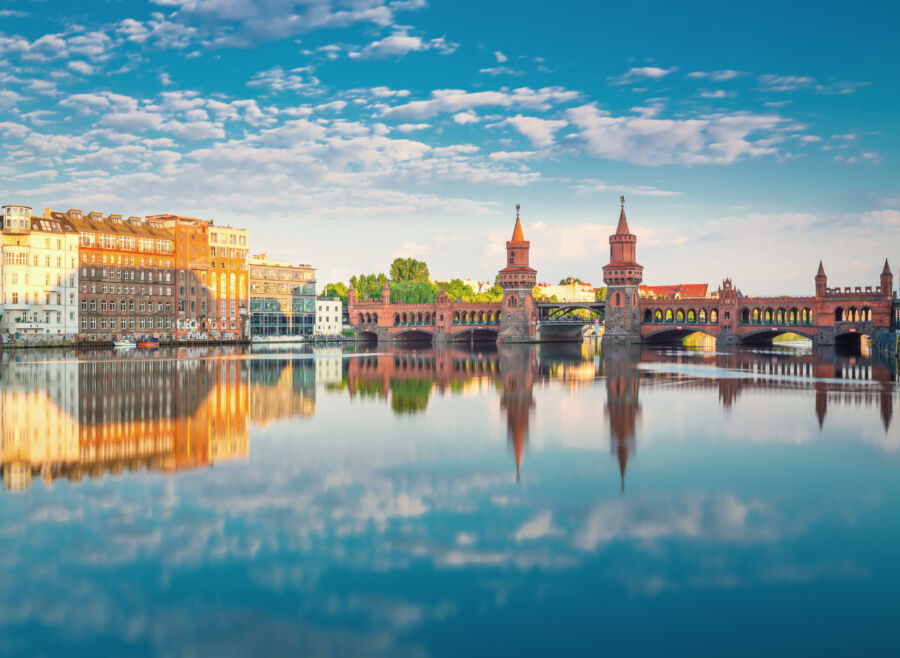
Kreuzberg embodies Berlin’s famously resilient spirit. It evolved from a marginalized West Berlin district along the Berlin Wall to a cultural incubator where Turkish immigrants, artists, and activists created a uniquely diverse ecosystem. The neighborhood offers Berlin’s most compelling street art, independent shops, and global cuisine at 30-40% lower prices than Mitte or Charlottenburg. Here, history becomes visceral as you navigate streets that once bordered the Death Strip but now pulse with creative energy.
Must-See Attractions
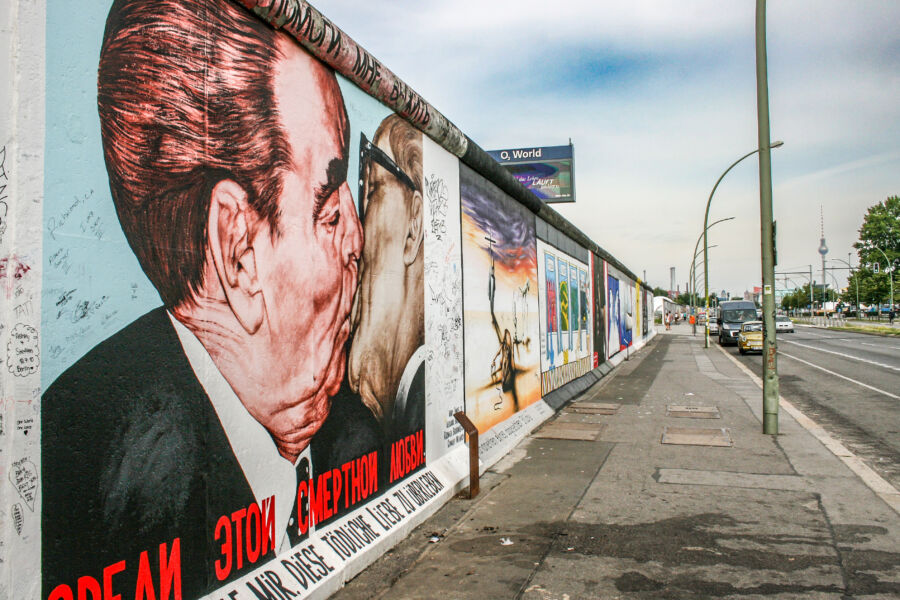
The East Side Gallery features over 100 murals painted on a preserved section of the Berlin Wall, offering a powerful historical context free of charge. Görlitzer Park, while rough around the edges, provides insight into Berlin’s relaxed approach to public space. For cultural depth, the Jewish Museum Berlin’s architecturally stunning building houses exhibitions that explore 2,000 years of German-Jewish history for €8, offering exceptional educational value.
Culinary Highlights
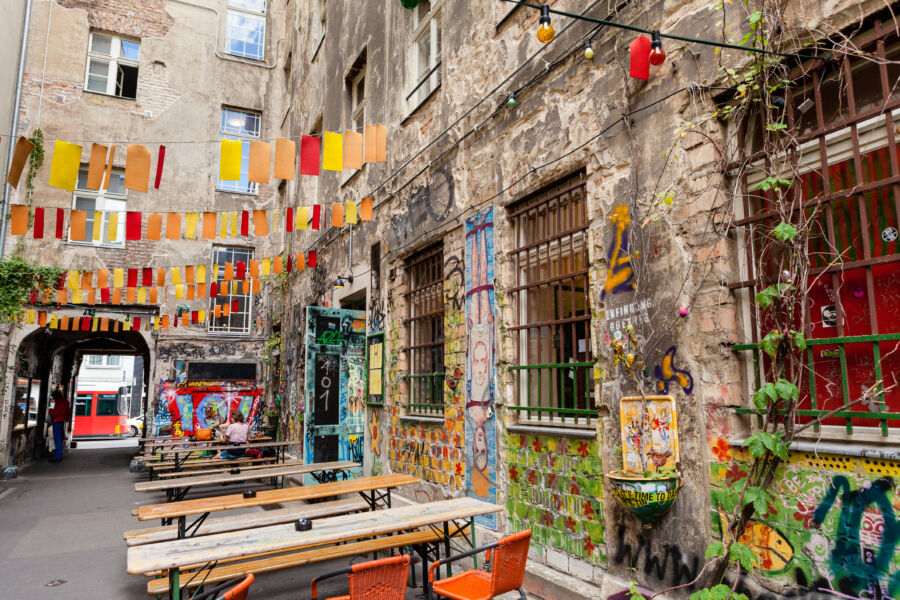
Kreuzberg’s food scene merges Turkish influence with Berlin’s innovative spirit. Markthalle Neun’s Street Food Thursday transforms a historic market hall into a global food court where most dishes cost €5-10—perfect for sampling multiple cuisines without overspending.
For authentic Turkish fare, Hasir on Adalbertstraße serves traditional döner kebab for around €5, nearly half the price of similar quality in tourist districts. Coffee enthusiasts should visit Five Elephant, where specialty brews cost €3.50 compared to €5+ in central areas.
Where to Stay

Orania.Berlin offers luxury accommodations in a restored 1913 building from €180 per night, including amenities that would cost €300+ in central districts. Budget travelers will find exceptional value at Huttenpalast, where unique indoor “cabins” start at €70 and include a sustainable breakfast featuring products from local suppliers. For longer stays, consider apartment rentals in the SO36 sub-district, where weekly rates average 25% less than comparable properties in Mitte.
Local Insight
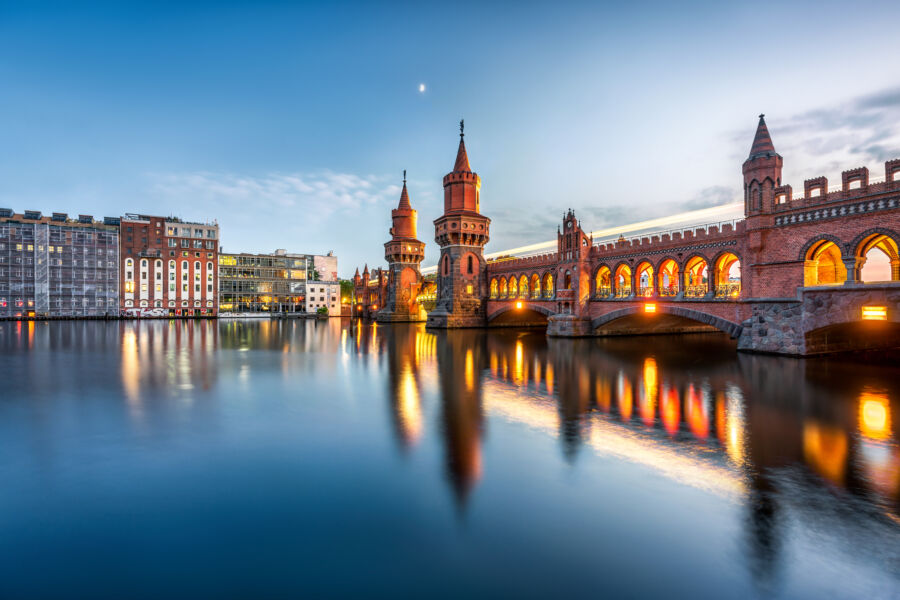
The waters of the Landwehrkanal become a social hub on warm evenings when locals gather along its banks with beverages from nearby spätis (convenience stores). For authentic Berlin culture, visit Prinzessinnengarten, an urban community garden that hosts workshops and serves fresh food from its production. Music lovers should check the schedule at SO36, the legendary punk venue that has shaped Berlin’s alternative scene since the 1970s.
4. Exarchia (Athens, Greece): Intellectual Heritage Meets Urban Activism
Why Visit
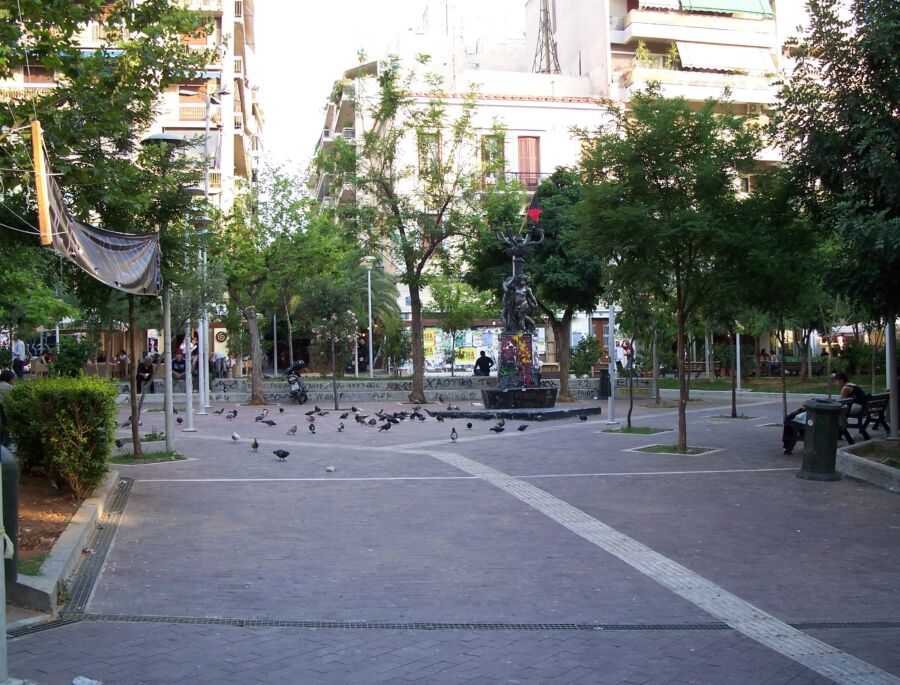
Exarchia defies typical Athenian stereotypes, offering an intellectual, politically engaged atmosphere centered around Athens Polytechnic University. The neighborhood’s revolutionary spirit manifests in thought-provoking street art, cooperative businesses, and vibrant discourse in its many cafés.
Accommodation and dining costs average 40% less than in more touristy Plaka while providing easy access to major attractions. Ancient Greek philosophical tradition lives on in contemporary discussions about society, politics, and art.
Must-See Attractions
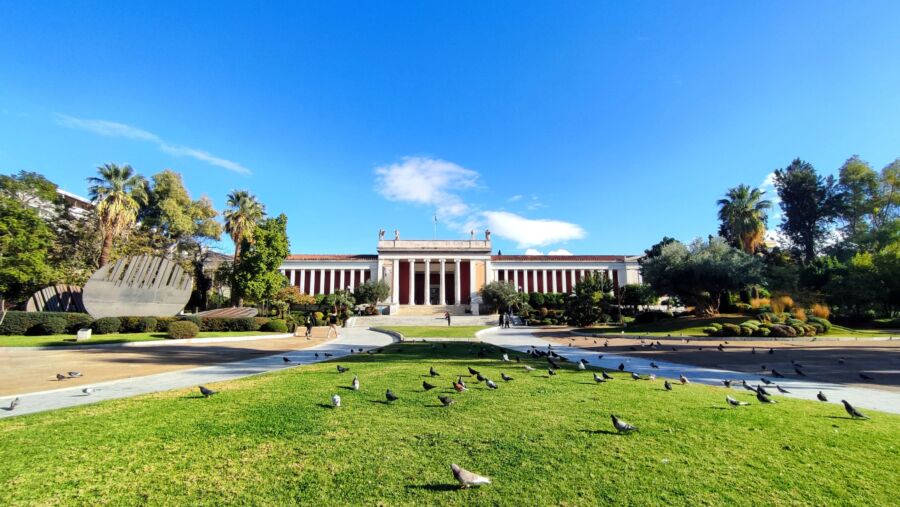
The National Archaeological Museum houses Greece’s most important ancient artifacts for just €12, offering exceptional cultural value compared to the more crowded Acropolis Museum. The Athens Polytechnic Monument commemorates the 1973 student uprising against the military junta, providing a crucial context for Greek democracy. For contemporary culture, explore Strefi Hill with its panoramic Acropolis views—a free alternative to overcrowded viewing points that locals prefer.
Culinary Highlights

Exarchia excels at delivering authentic Greek cuisine at the prices locals in fact pay. At Oxo Nou, traditional mezedes (small plates) cost €3-6 and showcase regional recipes often missing from tourist menus.
Ekaki serves Greek yogurt with honey and fresh fruit for breakfast for €5, compared to €9+ in Monastiraki. Coffee culture thrives at Nosotros Social Center, where quality Greek coffee costs just €1.50 and supports community initiatives.
Where to Stay

Accommodation in Exarchia represents significant value compared to central tourist districts. Zampanó Hotel offers boutique rooms with artisanal touches from €70 per night—about half what you’d pay for similar quality near Syntagma Square.
Budget travelers should consider the Alexandra Hotel, where the basic rooms are clean and start at €45. For longer stays, Exarchia’s apartment rentals average €55 per night, providing approximately 35% savings compared to comparable properties in Plaka.
Local Insight

Exarchia truly comes alive on Saturday evenings when locals gather at Exarcheia Square to socialize—offering authentic cultural immersion free of charge. The neighborhood hosts several weekly open-air markets where producers from surrounding regions sell fresh produce at prices significantly lower than supermarkets. For intellectual stimulation, visit the anarchist-run free bookstore Bibliothiki, where multilingual volunteers often engage visitors in spirited conversations about literature and politics.
5. Neukölln (Berlin, Germany): Multicultural Evolution in Real Time
Why Visit

Once Berlin’s forgotten district, Neukölln has emerged as the city’s most dynamically evolving neighborhood, where over 160 nationalities create a uniquely diverse atmosphere. Unlike more established districts, Neukölln offers the excitement of witnessing a neighborhood in transformation, with new cultural ventures opening regularly alongside traditional businesses. Accommodation, dining, and entertainment cost approximately 35% less than in Mitte while offering more authentic cultural exchanges.
Must-See Attractions

Tempelhofer Feld, a former airport transformed into a massive public park, exemplifies creative urban repurposing and costs nothing to enjoy. The Neuköllner Oper stages innovative performances at tickets averaging €15—roughly half the price of comparable shows in central venues. From a historical perspective, the Bohemian Village of Rixdorf preserves 18th-century architecture and craft traditions, offering a free glimpse into Berlin’s pre-industrial past.
Culinary Highlights

Neukölln’s food scene reflects its global population with exceptional value. Sonnenallee, nicknamed “Arab Street,” features authentic Middle Eastern restaurants like Al Pasha, where flavorful shawarma platters cost around €8—about 40% less than similar quality in tourist districts.
For European flavors, visit Café Dritter Raum, where homemade quiches and cakes cost approximately €4 compared to €7+ in central cafés. The Turkish Market along Maybachufer offers fresh produce, spices, and prepared foods at prices locals in fact pay.
Where to Stay
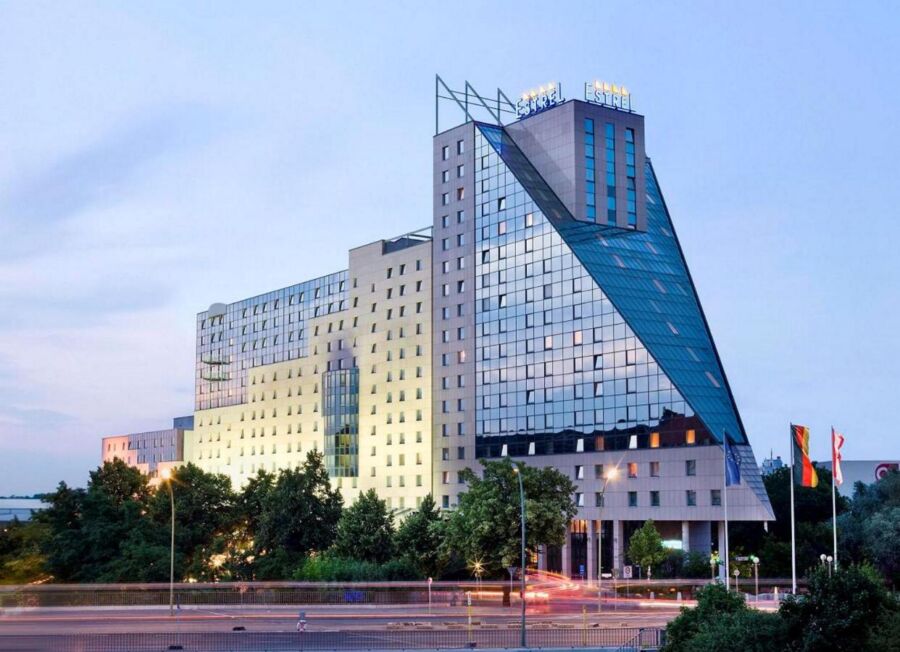
Accommodation in Neukölln delivers significant savings with increasing quality. The Estrel Berlin offers four-star amenities from €95 per night—approximately 40% less than comparable hotels in central districts.
Budget travelers should consider The Hostel, where private rooms start at €55 and provide authentic neighborhood immersion. For longer stays, Neukölln’s apartment rentals average €65 per night for entire units, representing a value impossible to find in Mitte or Prenzlauer Berg.
Local Insight

The Klunkerkranich rooftop garden atop the Neukölln Arcaden shopping center offers spectacular Berlin skyline views for a €5 entrance fee—compared to €13+ at tourist observation decks. On summer Sundays, locals flock to Körnerpark for free classical concerts in a Neo-baroque setting. For an authentic Neukölln experience, visit Schillerkiez early Saturday morning when residents gather at tiny specialty shops for fresh weekend provisions, creating a lively community atmosphere.
See Related: Exploring Germany in 7 Days: An Itinerary of Castles, Culture, and Cuisine
6. Belleville (Paris, France): Artistic Energy and Global Flavors
Why Visit
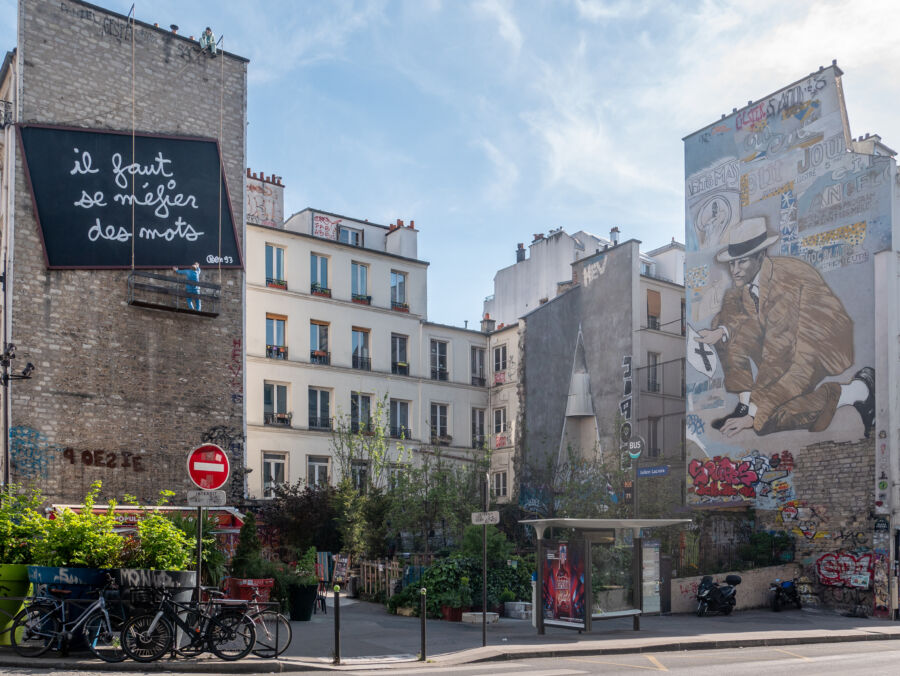
Belleville contradicts romantic Paris stereotypes, offering a vibrant multicultural district where Chinese, North African, and European influences create a dynamic urban tapestry. The neighborhood’s artistic legacy—Edith Piaf was born here—continues with studios, galleries, and creative workspaces occupying former industrial buildings. Accommodation, dining, and entertainment cost approximately 40% less than in central arrondissements while offering more authentic cultural encounters.
Must-See Attractions

Parc de Belleville provides panoramic Paris views that rival Montmartre without the crowds or commercialization—completely free of charge. The Ateliers d’Artistes de Belleville open their studios quarterly, allowing visitors to meet working artists and purchase original pieces directly—eliminating gallery markups. Rue Denoyez, often called Paris’s “street art alley,” showcases ever-changing murals that reflect contemporary social movements at no cost.
Culinary Highlights

Belleville excels at global cuisine with exceptional value. At Raviolis Chinois Nord-Est, handmade dumplings cost approximately €5 for ten pieces—about 60% less than similar quality in tourist districts.
For North African flavors, Le Petit Navire serves couscous dishes with fresh vegetables and grilled meats for around €12 compared to €20+ in central restaurants. Coffee culture thrives at Aux Folies, where espresso costs €1.50 and provides perfect people-watching opportunities in a café frequented by locals.
Where to Stay
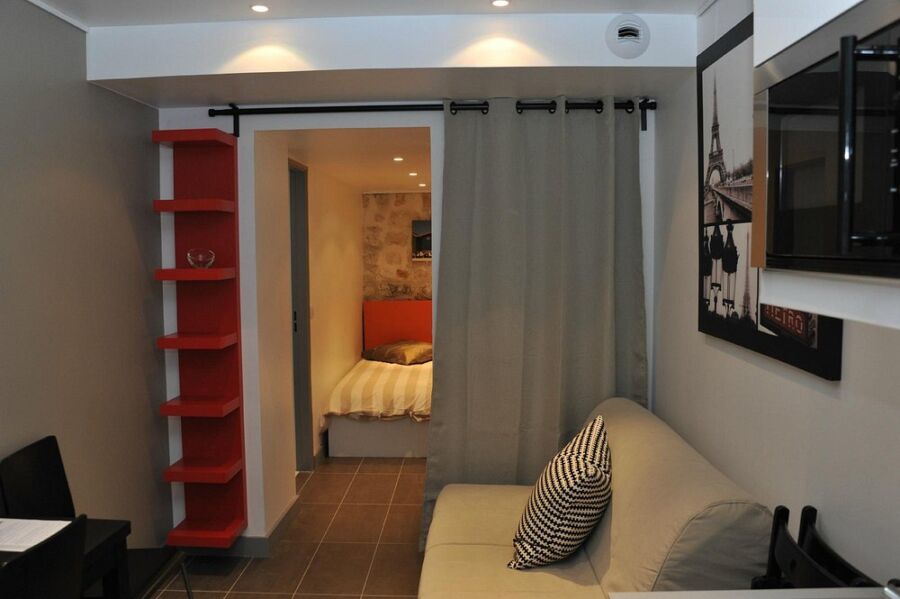
Accommodation in Belleville represents significant savings with increasing quality. Hotel de la Mare offers comfortable rooms with local character from €85 per night—approximately 50% less than similar hotels near major attractions.
Budget travelers should consider Residence Internationale de Paris, where clean, basic rooms start at €60. For authentic immersion, Belleville’s apartment rentals average €80 per night, offering approximately 45% savings compared to comparable properties in Le Marais or Saint-Germain.
Local Insight
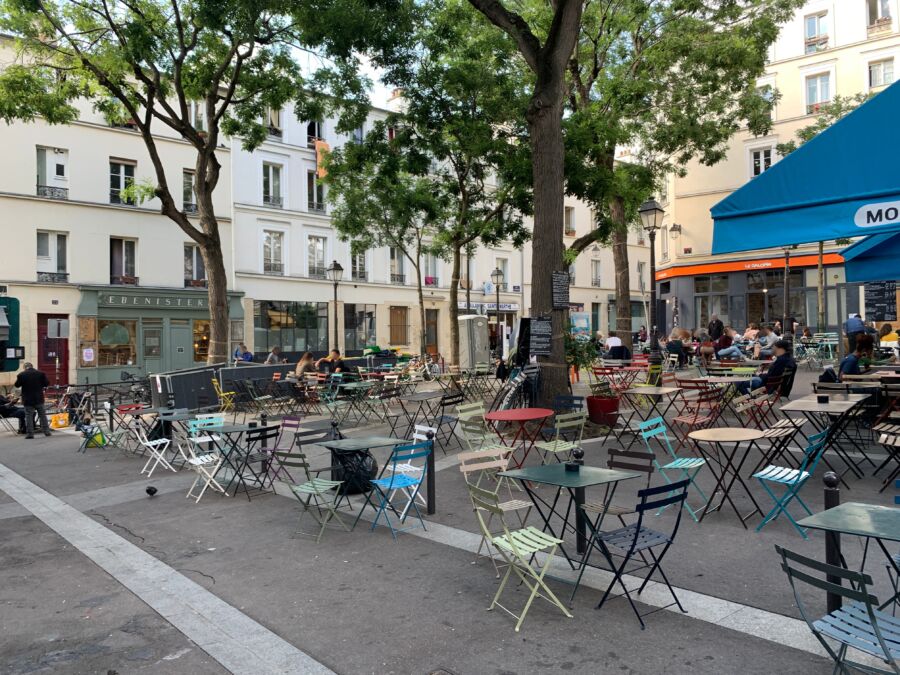
The bi-weekly Belleville Market (Tuesdays and Fridays) transforms Boulevard de Belleville into a bustling marketplace where vendors slash prices during the final hour—yielding up to 70% savings on fresh produce. For cultural immersion, visit Place Sainte-Marthe on weekend evenings when residents gather at small restaurants with tables spilling onto the square. Music lovers should check the schedule at La Maroquinerie, where admission to concerts by emerging artists typically costs €12-18—roughly half the price of shows in central venues.
7. Testaccio (Rome, Italy): Authentic Roman Life Beyond the Ruins
Why Visit
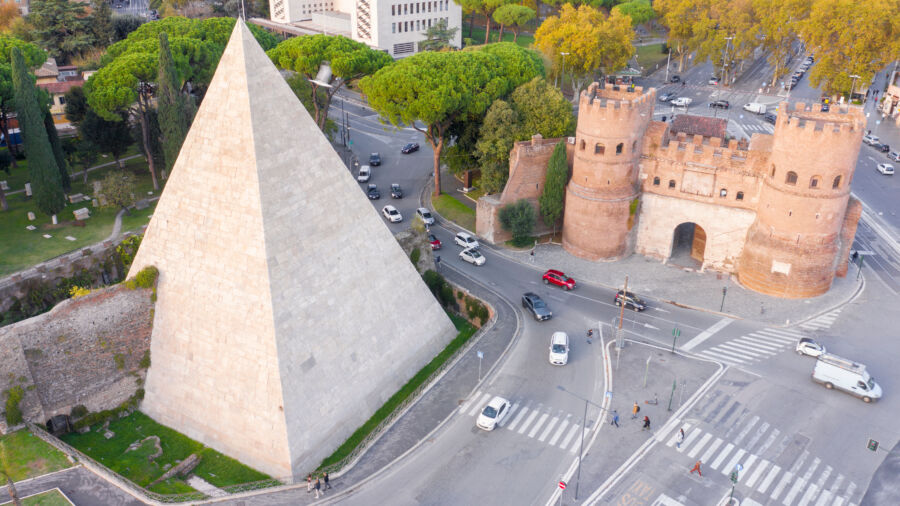
Unlike Rome’s monument-laden center, Testaccio offers immersion in authentic contemporary Roman life. Built around a man-made ancient hill of pottery shards (Monte Testaccio), this working-class district maintains its culinary heritage while embracing the creative reuse of industrial spaces.
Accommodation and dining costs average 35% less than tourist-focused Monti or Centro Storico while providing deeper cultural connections. Here, Rome’s famed food traditions remain lived experiences rather than tourist commodities.
Must-See Attractions
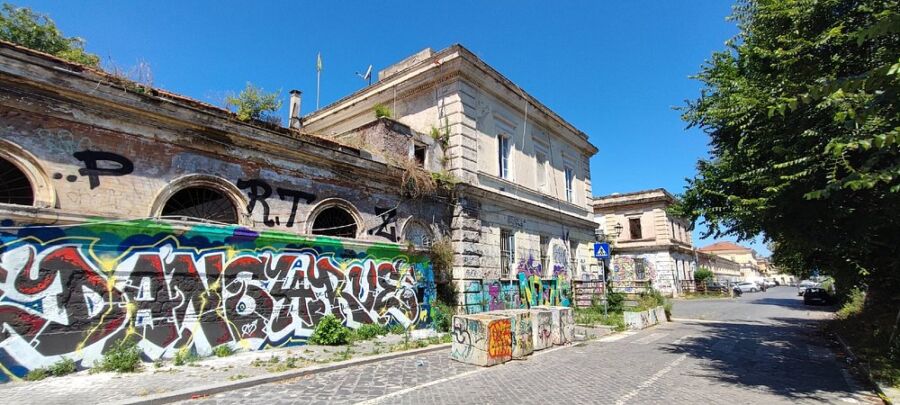
The Mattatoio, Rome’s former slaughterhouse, now houses contemporary art exhibitions and cultural events with entrance fees averaging €8—significantly less than major museums. The Non-Catholic Cemetery contains the graves of poets Keats and Shelley amid serene cypress trees, offering reflective beauty for a suggested donation of €3. For everyday Roman culture, visit Mercato Testaccio, a modern market hall where locals shop for regional specialties and eat at affordable food stalls.
Culinary Highlights

Testaccio established Rome’s culinary reputation through its “quinto quarto” tradition—transforming humble offal cuts into culinary treasures. At Da Bucatino, classic Roman pasta like amatriciana and carbonara cost around €10—about 40% less than similar quality in tourist districts.
For quick meals, Trapizzino serves triangular stuffed pizza pockets with traditional fillings for €4, providing delicious value that is impossible to find near major attractions. Coffee culture thrives at Bar San Calisto, where espresso costs €1 versus €3+ at cafés near the Colosseum.
Where to Stay

Accommodation in Testaccio delivers exceptional quality-to-price ratios. Hotel Re Testa offers stylish rooms in a converted industrial building from €95 per night—approximately 40% less than comparable design hotels near the Pantheon.
Budget travelers should consider Seven Suites, where comfortable rooms start at €70. For longer stays, Testaccio’s apartment rentals average €85 per night, providing authentic Roman living at approximately 50% savings compared to similar properties in tourist zones.
Local Insight
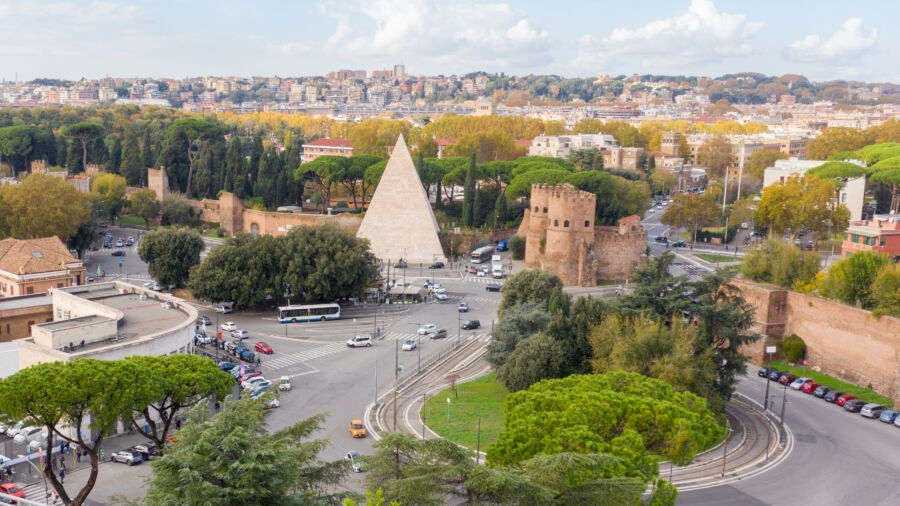
Monte Testaccio comes alive on summer evenings when locals flock to outdoor clubs and restaurants built into ancient pottery caves, providing nightlife without tourist premiums. For an authentic Roman Sunday, join locals at Domenica Sportiva and watch football matches at Oasi della Birra, where craft beers cost €5-7—roughly half the price in central areas. Food enthusiasts should visit the Testaccio Market around 1 p.m. when vendors offer discounts on remaining fresh products, creating opportunities for high-quality picnic supplies at minimal cost.
8. Letná (Prague, Czech Republic): Elevated Perspectives and Artistic Revival
Why Visit
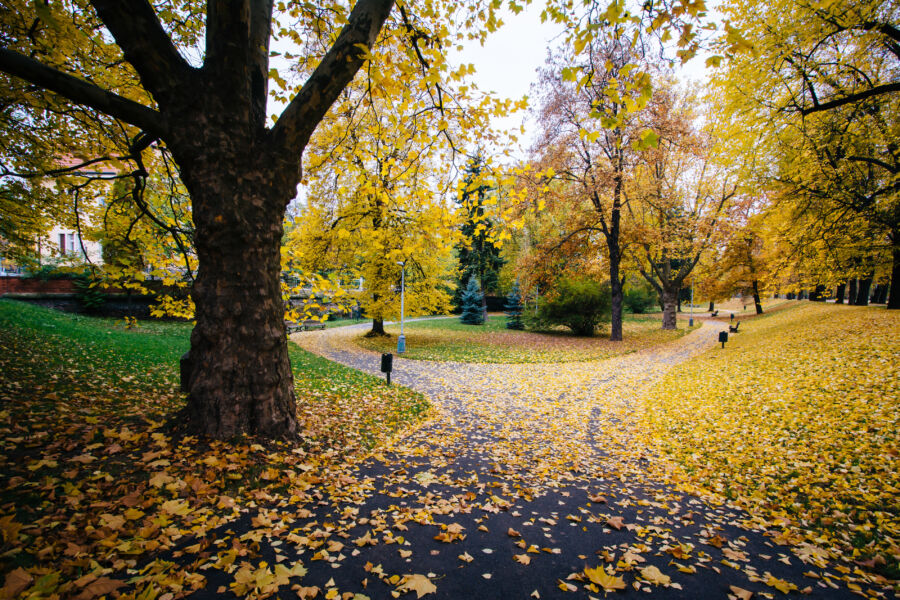
Perched above Prague’s Old Town, Letná offers literal and figurative new perspectives on the Czech capital. The neighborhood combines expansive parkland with culture-forward businesses occupying renovated industrial spaces.
Accommodation and dining costs average 30% less than Old Town or Malá Strana, providing equal charm and superior tranquility. Here, Prague’s artistic future develops in plain sight while maintaining connections to the city’s complex past.
Must-See Attractions
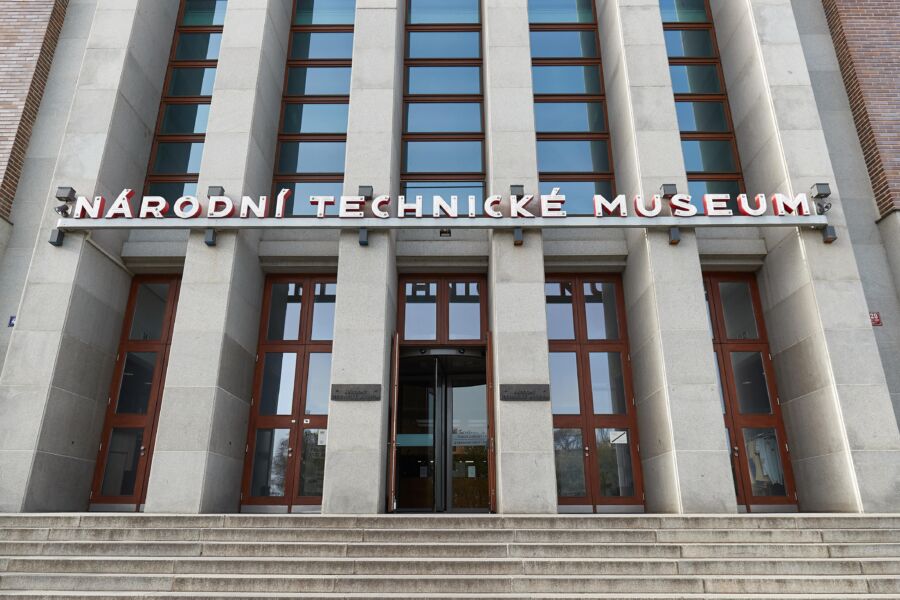
Letná Park provides Prague’s most spectacular viewpoints across the Vltava River to the Old Town—free of charge. The National Technical Museum showcases Czech engineering and design achievements for just 250 CZK (approximately €10), offering exceptional educational value. For contemporary culture, DOX Centre for Contemporary Art occupies a converted factory featuring thought-provoking exhibitions for 180 CZK (approximately €7)—roughly half the price of major European contemporary art museums.
Culinary Highlights

Letná’s food scene balances Czech tradition with modern influences at value prices. At Lokál Nad Stromovkou, perfectly poured Pilsner Urquell accompanies traditional Czech dishes for approximately 180 CZK (€7)—about 40% less than similar quality in Old Town establishments.
For breakfast, visit Café Letka, where specialty coffee and homemade pastries cost around 100 CZK (€4) in an architecturally significant space. Contemporary Czech cuisine shines at Eska, where innovative tasting menus start at 890 CZK (€35)—substantial value compared to similar European culinary experiences.
Where to Stay
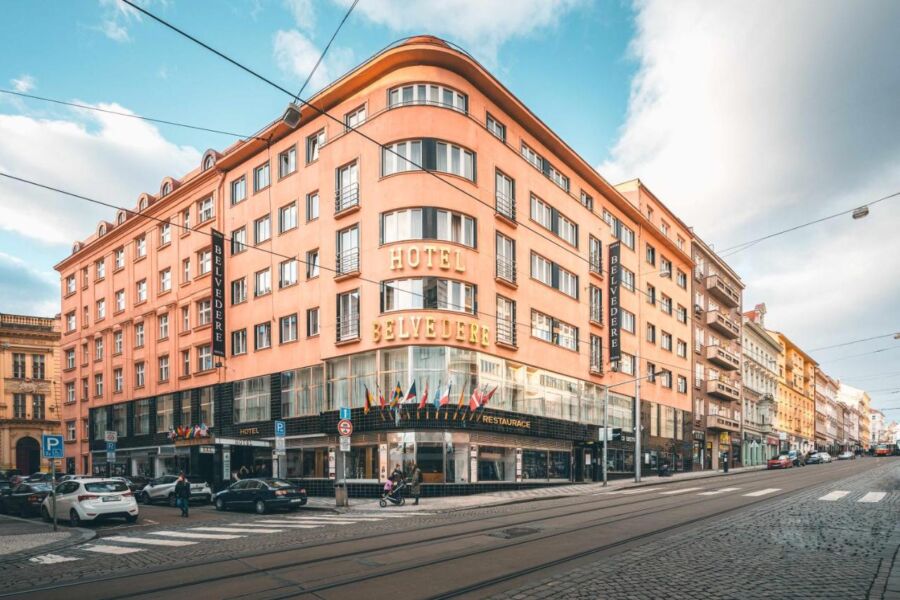
Accommodation in Letná represents significant value with increasing quality. Hotel Belvedere offers river views and Art Nouveau character from 1800 CZK (€70) per night—approximately 35% less than similar hotels near Charles Bridge.
Budget travelers should consider the Czech Inn, where modern dormitory beds start at 600 CZK (€24), including breakfast. For authentic immersion, Letná’s apartment rentals average 2000 CZK (€80) per night, providing approximately 40% savings compared to comparable Old Town properties.
Local Insight
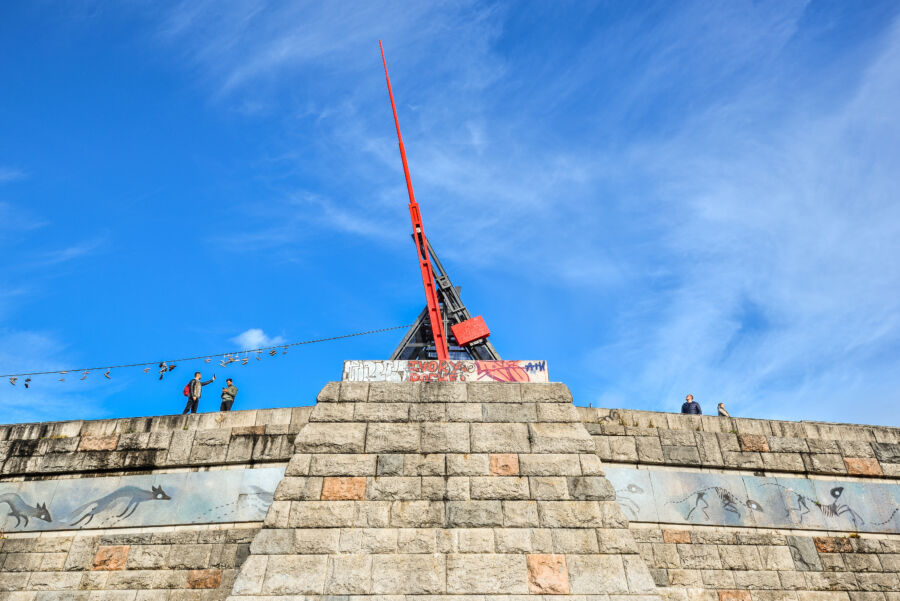
The metronome monument in Letná Park, which replaced a massive Stalin statue, becomes a social hub on summer evenings when locals gather with beverages from nearby shops—offering authentic cultural immersion for the price of a beer. For exceptional value, visit Beer Garden Letná, where half-liter beers cost 45 CZK (€1.80) alongside panoramic city views. Art enthusiasts should explore the Veletržní Street galleries on first Thursdays when coordinated openings create a free cultural circuit with complimentary refreshments.
9. Mouraria (Lisbon, Portugal): Cultural Fusion in Lisbon’s Most Authentic Quarter
Why Visit
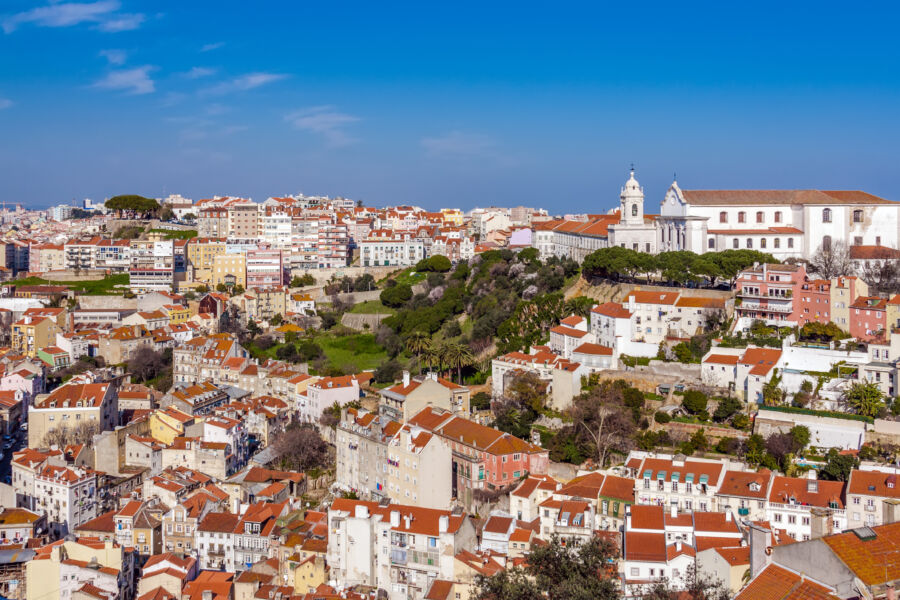
As the birthplace of fado music, Mouraria preserves Lisbon’s emotional soul while evolving into a multicultural mosaic where Portuguese traditions meet influences from former colonies. The neighborhood remained largely untouched by the tourism surge that transformed other Lisbon districts, offering more authentic interactions. Accommodation, dining, and entertainment cost approximately 40% less than Baixa or Chiado while providing deeper cultural connections through narrow medieval streets that climb the hill toward São Jorge Castle.
Must-See Attractions

The Fado Museum explores Portugal’s soulful musical tradition for just €5—a cultural bargain compared to evening fado performances. For a historical perspective, follow the Mouraria Cultural Trail, marked by artistic panels detailing the neighborhood’s evolution from a Moorish quarter to a multicultural hub—completely free. The Miradouro da Senhora do Monte offers Lisbon’s most panoramic viewpoint without entrance fees or commercial exploitation, perfect for sunset appreciation.
Culinary Highlights

Mouraria excels at unpretentious culinary authenticity with exceptional value. At Zé da Mouraria, traditional Portuguese petiscos (tapas) cost €3-7 per plate—about 50% less than similar quality in tourist districts.
For global flavors, Cantina Baldraca serves dishes influenced by Brazil, Angola, and Mozambique at approximately €10 per main course. Coffee culture thrives at Café Mouraria, where espresso costs €0.70 at the bar—the authentic local way to enjoy Portugal’s coffee tradition.
Where to Stay
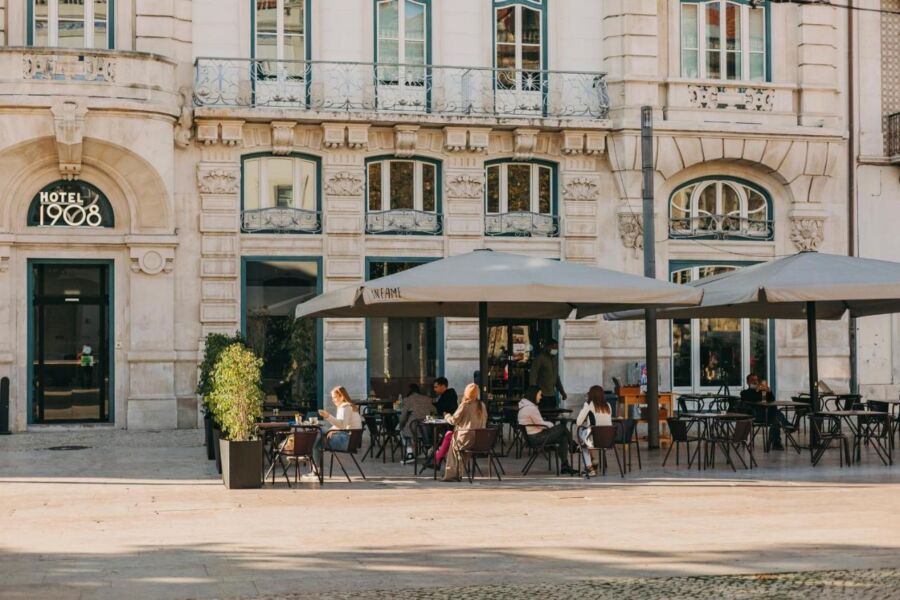
Accommodation in Mouraria delivers authentic experiences with significant savings. Hotel 1908 Lisboa occupies a restored Art Nouveau building with rooms from €95 per night—approximately 35% less than comparable designer hotels in Baixa.
Budget travelers should consider This Is Lisbon Hostel, where private rooms in a renovated traditional building start at €65. For longer stays, Mouraria’s apartment rentals average €75 per night, providing approximately 45% savings compared to similar properties in more tourist-oriented neighborhoods.
Local Insight

The small square Largo da Severa comes alive on weekend afternoons when spontaneous fado sessions sometimes occur, offering authentic cultural experiences impossible to schedule. For local shopping, visit Feira da Ladra (Thieves Market) early Tuesday or Saturday morning when vendors offer the best selections and prices on antiques and curiosities. Food enthusiasts should explore Martim Moniz Square’s international food stalls around 6 PM when workers pick up dinner, creating a vibrant cross-cultural atmosphere.
10. El Cabanyal (Valencia, Spain): Seaside Heritage with Artistic Revival
Why Visit

Once Valencia’s threatened fishermen’s quarter, El Cabanyal has emerged from demolition plans as a protected cultural treasure where maritime heritage meets creative renewal. The neighborhood’s distinctive tile-adorned facades and grid layout create an architectural experience completely different from Valencia’s old city. Accommodation, dining, and beach access cost approximately 30% less than in more central areas while offering a more authentic connection to Valencia’s relationship with the Mediterranean.
Must-See Attractions
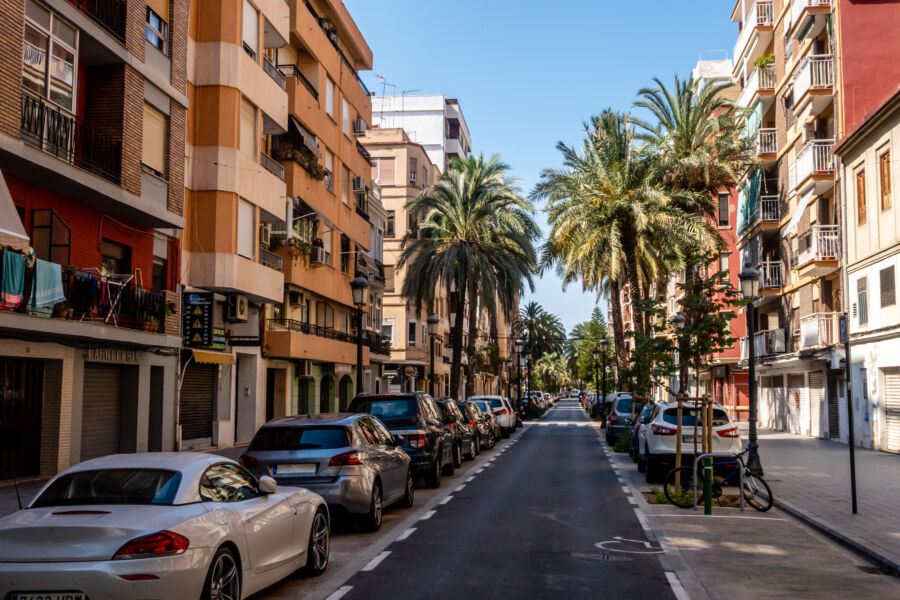
The Art Nouveau Casa dels Bous (House of Bulls), once housing the oxen that pulled fishing boats ashore, provides fascinating maritime history without entrance fees. The local Lonja del Cabanyal (fish market) offers morning spectacles of authentic coastal commerce. For cultural context, the self-guided Modernist Route showcases the neighborhood’s distinctive architectural style that blends maritime practicality with decorative abundance—completely free to explore.
Culinary Highlights

El Cabanyal excels at seafood preparation and offers exceptional value. At La Pepica, traditional paella Valenciana costs approximately €16 per person—about 35% less than similar quality in tourist districts, with the beach just steps away.
For breakfast, visit Kiosco La Pérgola, where coffee and fartons (sweet glazed pastries) cost around €3, fueling morning beach walks. The tapas tradition thrives at Casa Montaña, established in 1836, where small plates of locally sourced ingredients start at €4.50, allowing diverse sampling without overspending.
Where to Stay

Accommodation in El Cabanyal represents significant value compared to Valencia’s center. Hotel Neptuno offers Mediterranean views and direct beach access from €85 per night—approximately 30% less than similar seafront hotels elsewhere in Spain.
Budget travelers should consider El Cabanyal Apartments, where fully equipped units start at €65. For authentic immersion, the neighborhood’s renovated fishermen’s houses average €70 per night on rental platforms, providing unique architectural experiences impossible to find in conventional accommodations.
Local Insight
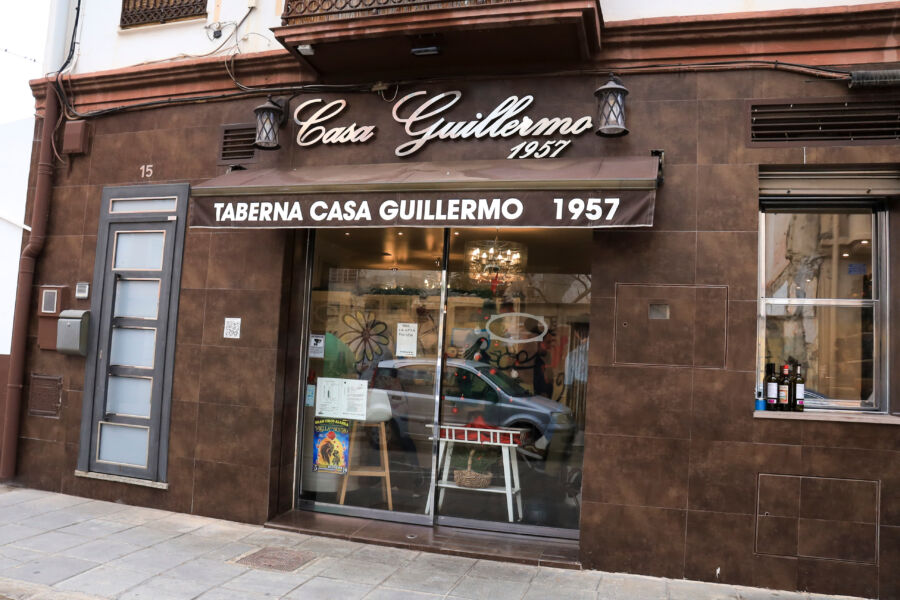
The beachfront promenade comes alive for paseo (evening strolls) around 8 PM when locals gather to socialize before late Spanish dinners—offering cultural immersion completely free of charge. For exceptional value, visit Casa Guillermo on Thursdays, when wine and anchovy tapas are offered at special prices to maintain a century-old tradition. Art enthusiasts should explore the neighborhood during the Cabanyal Portes Obertes festival when residents open their distinctive homes as temporary galleries, providing behind-the-façade access unavailable at other times.
11. Ostiense (Rome, Italy): Industrial Heritage Meets Contemporary Roman Life
Why Visit
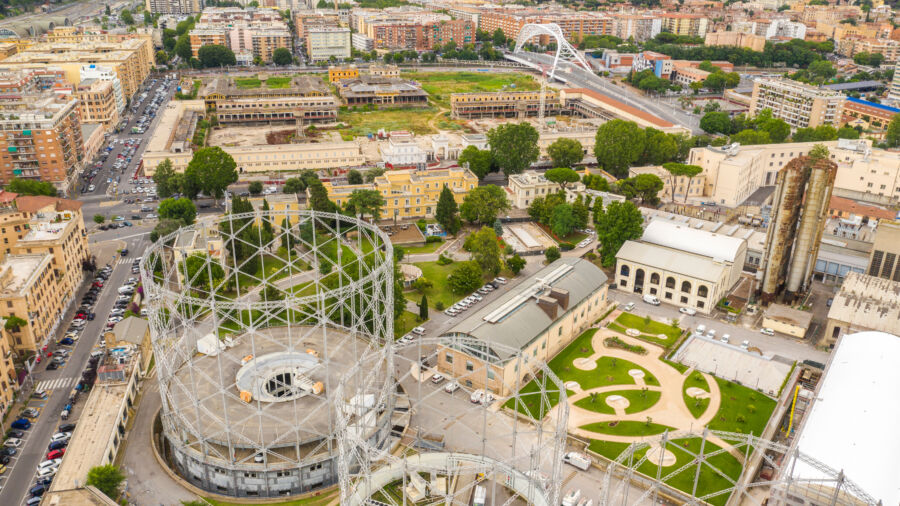
Ostiense contradicts romantic Rome stereotypes, offering a dynamic district where industrial architecture has been repurposed for contemporary uses. The neighborhood’s gritty authenticity and strategic location near transport connections make it ideal for travelers seeking modern Roman life without sacrificing access to historical sites. Accommodation, dining, and entertainment cost approximately 35% less than central districts while providing more spacious environments and fewer tourist crowds.
Must-See Attractions
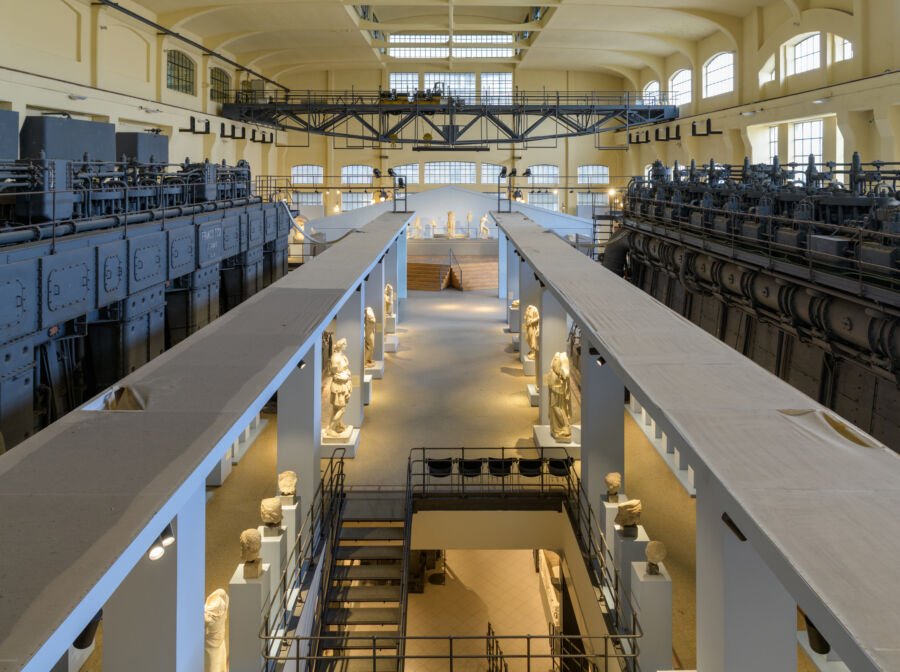
The Centrale Montemartini displays classical Roman sculptures against industrial machinery in a converted power plant for just €7.50—a fascinating contrast at half the price of major archaeological museums. The massive street art piece “Hunting Pollution” by artist Iena Cruz is a nitrogen oxide-absorbing environmental installation showcasing Rome’s commitment to innovative urban solutions. For contemporary culture, Gazometro Roma repurposes a massive gas storage structure for exhibitions and events, connecting visitors to Rome’s industrial heritage.
Culinary Highlights
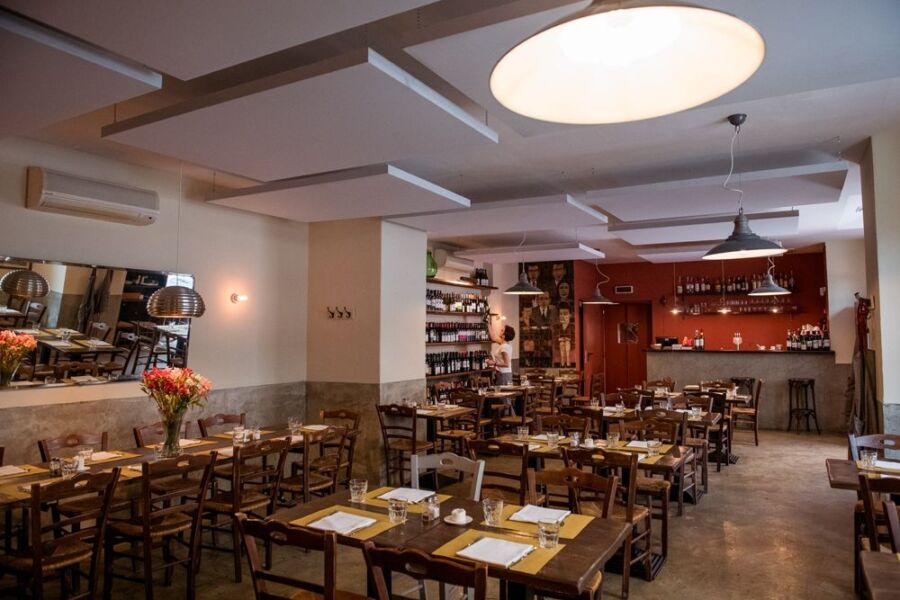
Ostiense excels at contemporary Roman dining with exceptional value. At Trattoria Pennestri, innovative interpretations of traditional dishes cost approximately €14 for pasta courses—about 30% less than similar quality in tourist-focused neighborhoods.
For quality street food, Trapizzino originated here, serving pizza pocket sandwiches with traditional Roman fillings for €4-5. Coffee culture thrives at Makai Surf & Tiki Bar, where specialty coffee costs €2.50 in a tropical-themed environment completely different from center city coffeeshops.
Where to Stay
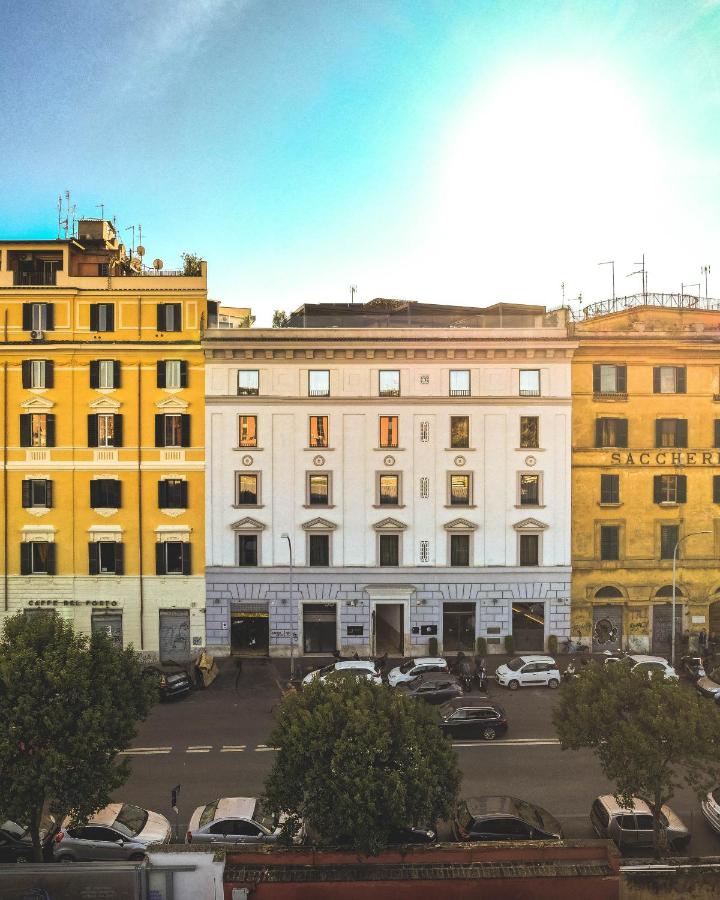
Accommodation in Ostiense delivers modern comfort with an industrial character. Gasometer Urban Suites offers apartments in a converted industrial building from €90 per night—approximately 35% less than comparable options near major attractions.
Budget travelers should consider Hotel Abitart, where art-focused rooms start at €75. For longer stays, Ostiense’s apartment rentals average €80 per night, providing approximately 40% more space than similarly priced accommodations in central neighborhoods.
Local Insight

The area around the Basilica of St. Paul Outside the Walls becomes a local social hub on summer evenings when impromptu gatherings occur along the Tiber River.
For authentic modern Roman nightlife, visit the pedestrianized section of Via del Porto Fluviale around 10 PM when young professionals gather at outdoor tables. Food enthusiasts should explore Mercato Testaccio in neighboring Testaccio around closing time (2 PM) when vendors offer discounts on remaining products, creating opportunities for exceptional value on high-quality ingredients.
See Related: Where to Stay in Rome: Best Neighborhoods for Every Traveler
12. Holešovice (Prague, Czech Republic): Creative Energy in Industrial Framework
Why Visit
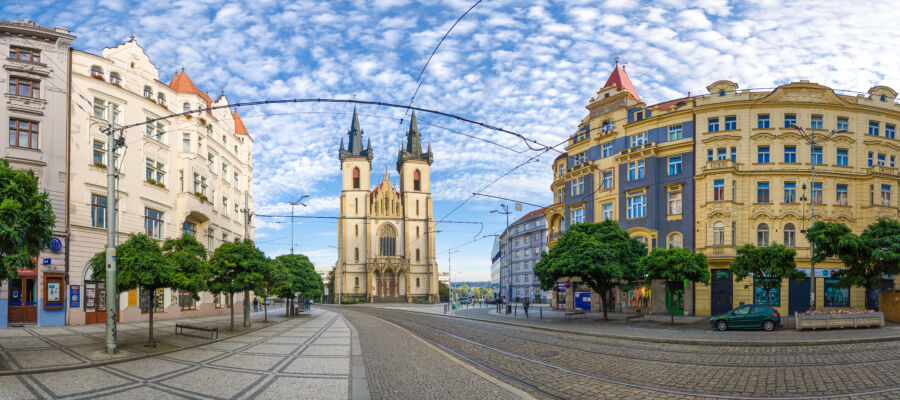
Once Prague’s meat-packing district, Holešovice has transformed into a creative hub where industrial spaces house galleries, design studios, and cultural venues. The neighborhood balances Prague’s historical beauty with forward-looking energy, connecting visitors to the city’s future rather than just its past. Accommodation, dining, and cultural activities cost approximately 35% less than Old Town while offering more authentic insights into contemporary Czech life.
Must-See Attractions

DOX Centre for Contemporary Art occupies a converted factory and presents challenging exhibitions for 180 CZK (approximately €7)—roughly half the price of major European art museums. The sprawling Prague Market (Pražská tržnice) complex houses retailers, restaurants, and cultural venues in former slaughterhouse buildings, offering fascinating architectural exploration without entrance fees. For unexpected beauty, visit Stromovka Park, Prague’s largest green space, where locals relax among ponds and meadows free of charge.
Culinary Highlights
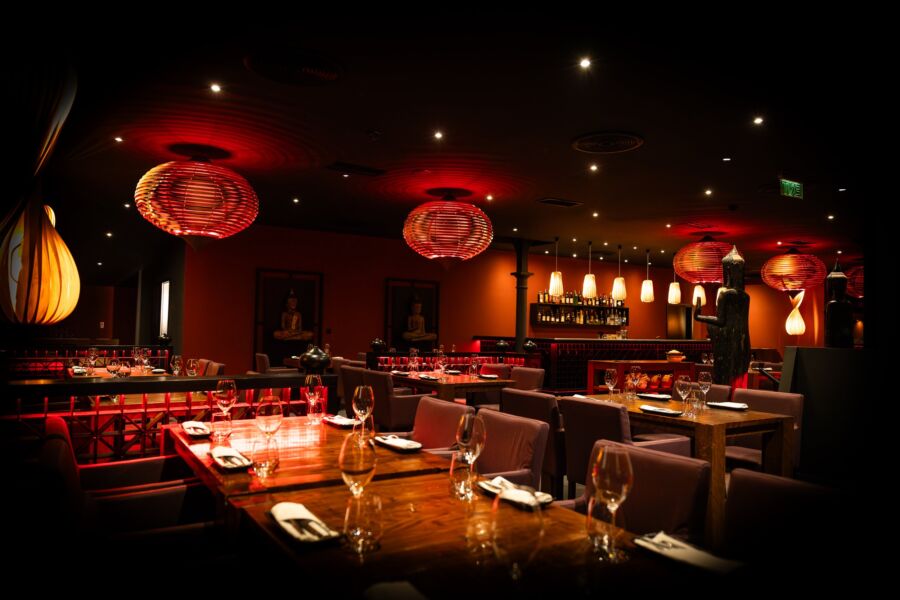
Holešovice excels at contemporary dining with exceptional value. At SaSaZu, Asian fusion cuisine costs approximately 250 CZK (€10) for main courses—about 40% less than similar quality restaurants in tourist districts.
For casual meals, Lokál Nad Stromovkou serves perfectly kept tank beer with traditional Czech dishes for around 180 CZK (€7). Coffee culture thrives at Barry Higgel’s Coffee House, where specialty brews cost 65 CZK (€2.60) in a space frequented by neighborhood residents.
Where to Stay

Accommodation in Holešovice represents significant value with increasing quality. Sir Toby’s Hostel offers private rooms with character in a converted brewery building from 1500 CZK (€60) per night—approximately 40% less than similar accommodations near Charles Bridge.
Design enthusiasts should consider Art Hotel, where contemporary rooms start at 1900 CZK (€75). For authentic immersion, Holešovice’s apartment rentals average 1800 CZK (€70) per night, providing approximately 50% more space than similarly priced Old Town properties.
Local Insight

The Prague Farmers Market at Pražská tržnice (Saturday mornings) offers direct interaction with Czech food producers and significantly lower prices than supermarkets. For local culture, visit Cross Club around 9 PM, when this steampunk-designed cultural center hosts free events ranging from discussions to live music. Art enthusiasts should plan visits during the quarterly Holešovice Art Walk, when galleries coordinate openings with complimentary refreshments, creating a free cultural circuit with a vibrant community atmosphere.
Tips for Exploring European Neighborhoods Efficiently
Transportation Strategy
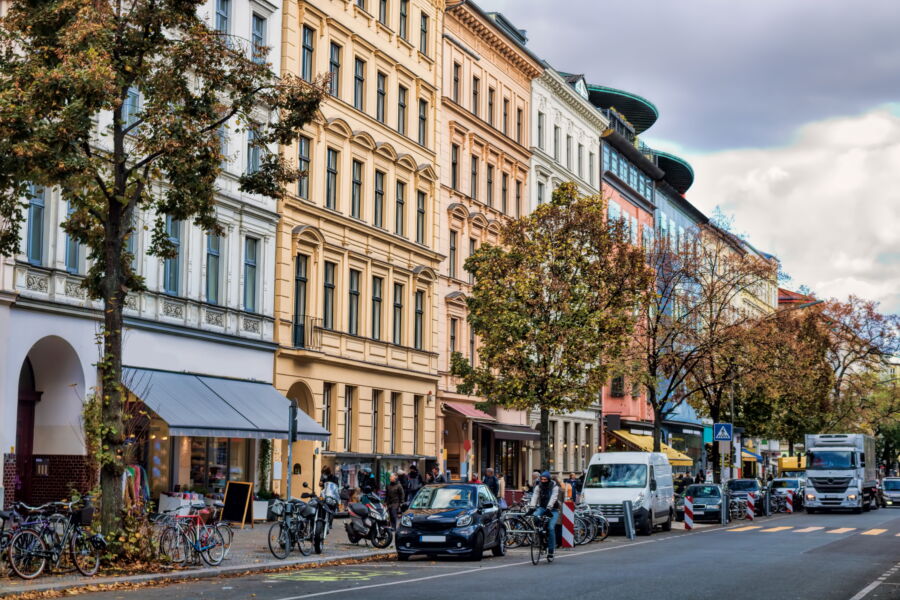
These neighborhoods benefit from excellent public transportation connections, making rental cars unnecessary and saving you approximately €50-100 daily. Purchase multi-day transportation passes immediately upon arrival for an additional 20-30% savings compared to single tickets. In neighborhoods like De Pijp and Letná, bicycle rentals (€10-15 daily) should be considered to maximize exploration efficiency while experiencing the city like a local.
Timing Optimization
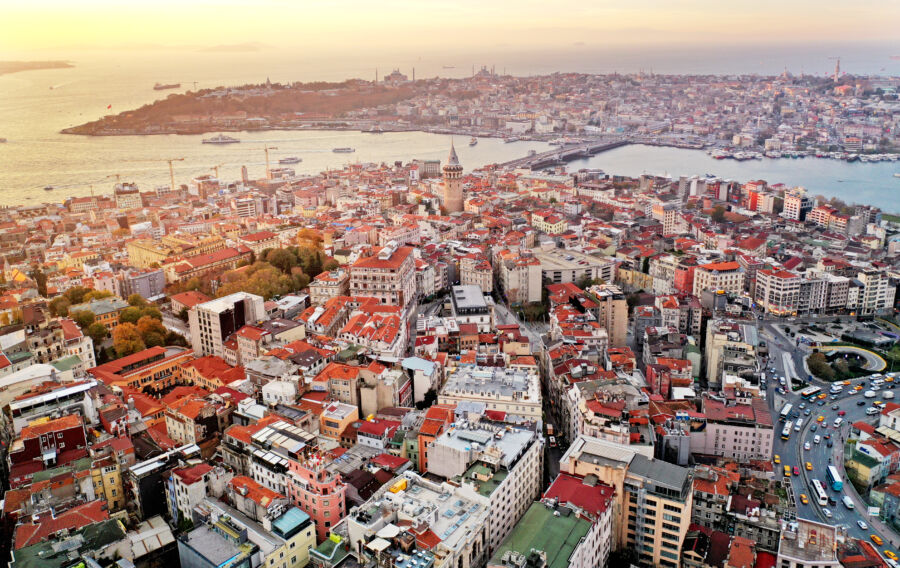
Visit popular attractions when they open (9-10 AM) or during final entry (1-2 hours before closing) to avoid crowds and maximize experience quality without additional cost. Schedule neighborhood market visits for early mornings (best selection) or the final hour (best prices). Plan restaurant visits for typical local dining times—later than you might be accustomed to in some countries—to avoid “tourist dinner” pricing during earlier hours.
Value Maximization
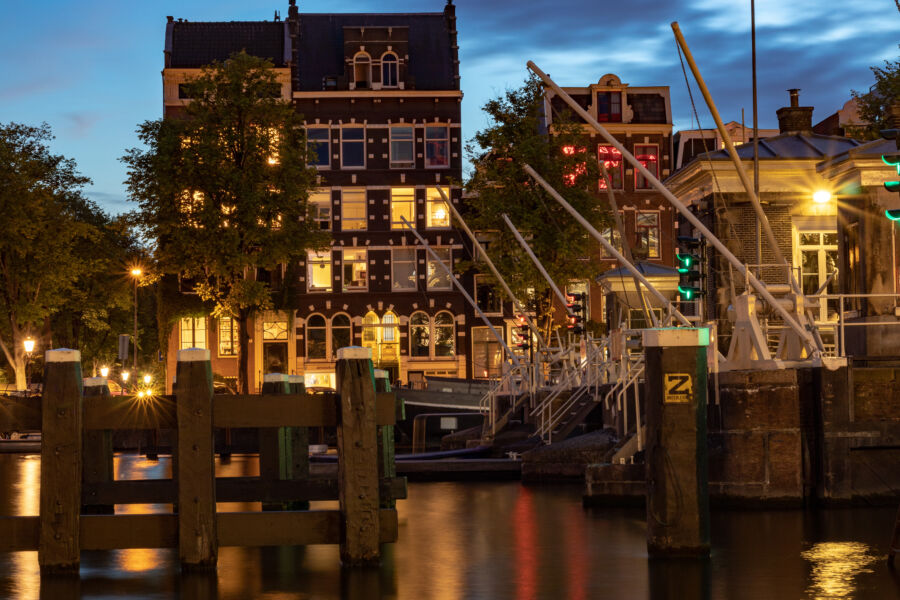
Research free museum days (typically the first Sunday monthly) and save €8-15 per attraction. Consider picnic meals from local markets for midday dining, saving approximately €15-20 per person daily compared to restaurant lunches. Utilize “aperitivo” culture in Italian neighborhoods like Testaccio and Ostiense, where evening drink purchases include complimentary snack buffets—potentially replacing dinner costs entirely.
Cultural Immersion
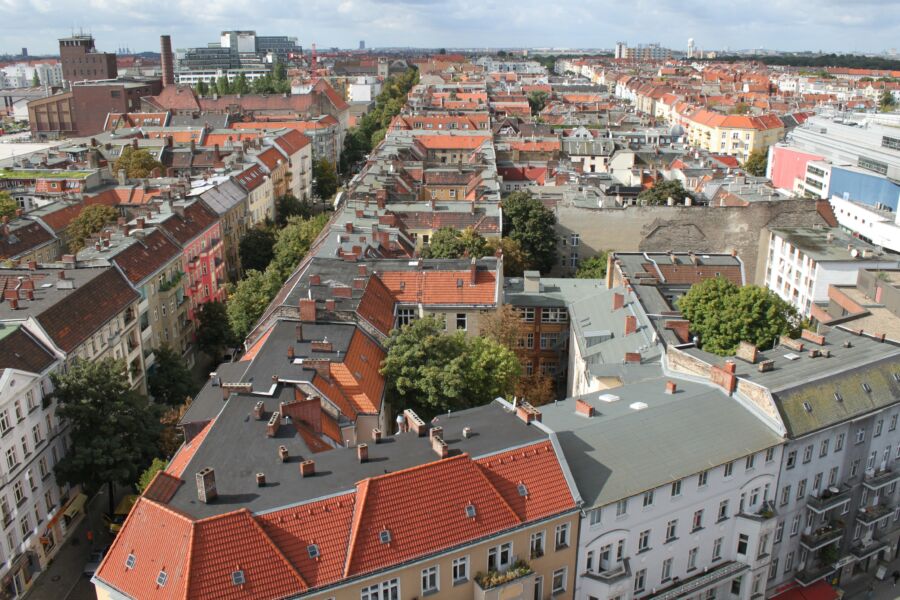
Learn 5-10 basic phrases in the local language using free apps before arrival—this simple effort significantly enhances interaction quality without financial investment. Research neighborhood festivals or events during your visit for authentic cultural experiences without admission fees. Connect with free walking tours specifically focused on your chosen neighborhood for initial orientation and contextual understanding, remembering to tip guides appropriately.
See Related: Hidden Medieval Streets in Europe: From Cobblestone to Castle Walls
Conclusion: The Value of Neighborhood Exploration
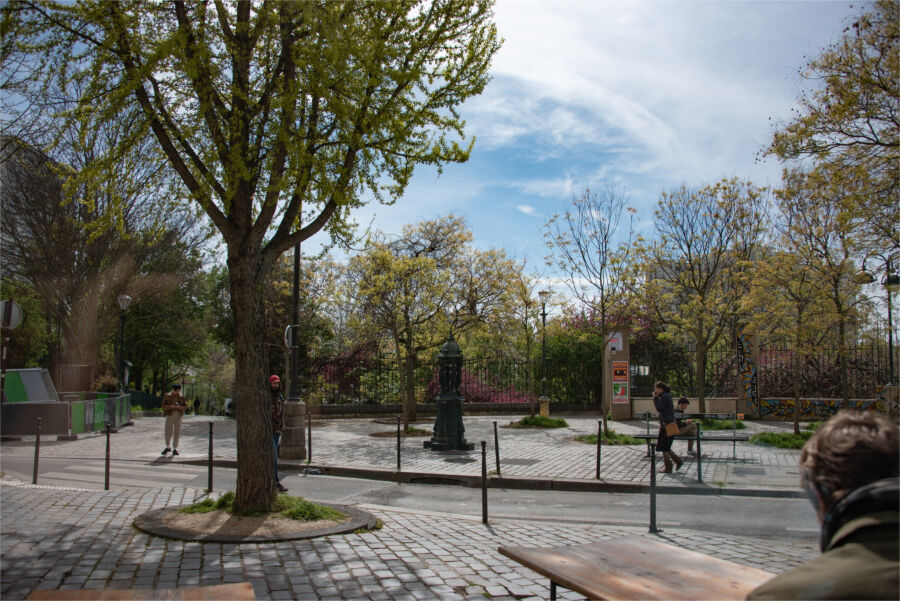
These 12 neighborhoods demonstrate that European travel in 2025 doesn’t require premium pricing to deliver authentic experiences. By shifting your focus just slightly beyond tourist centers, you’ll discover the living culture of Europe’s most fascinating cities while optimizing your travel budget. The resulting experiences—morning coffees alongside residents, spontaneous cultural encounters, and genuine community connections—create the meaningful memories that define truly successful travel.
For travelers willing to trade the convenience of staying directly adjacent to major attractions for more authentic cultural immersion, these neighborhoods deliver exceptional value across all budget categories. More importantly, they provide something increasingly rare in popular European destinations: the opportunity to experience daily life as it’s actually lived by the people who call these remarkable cities home.
Ready to explore beyond the tourist trail? Which of these distinctive neighborhoods aligns with your travel style and interests? Share your experiences or questions in the comments below!
